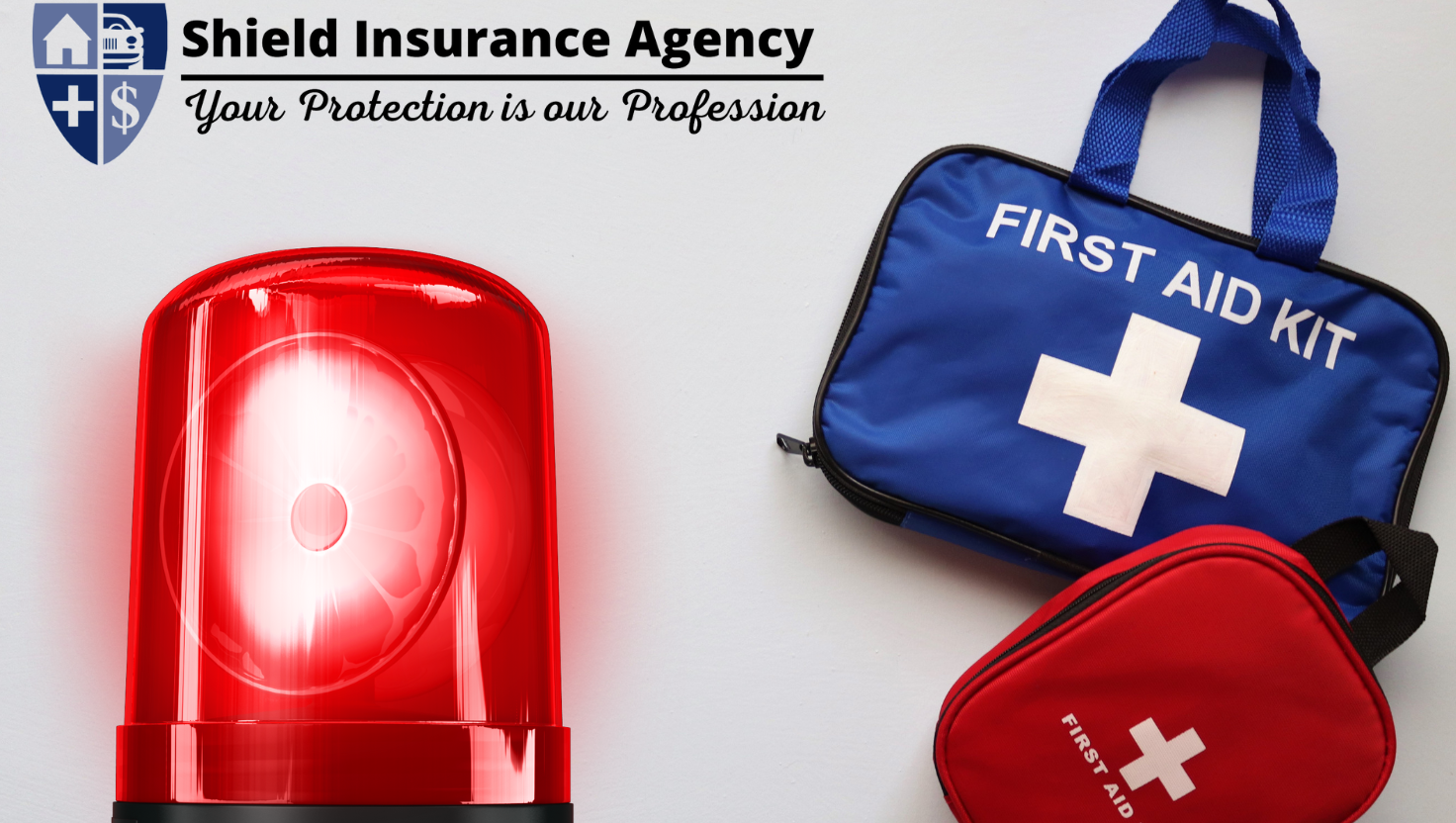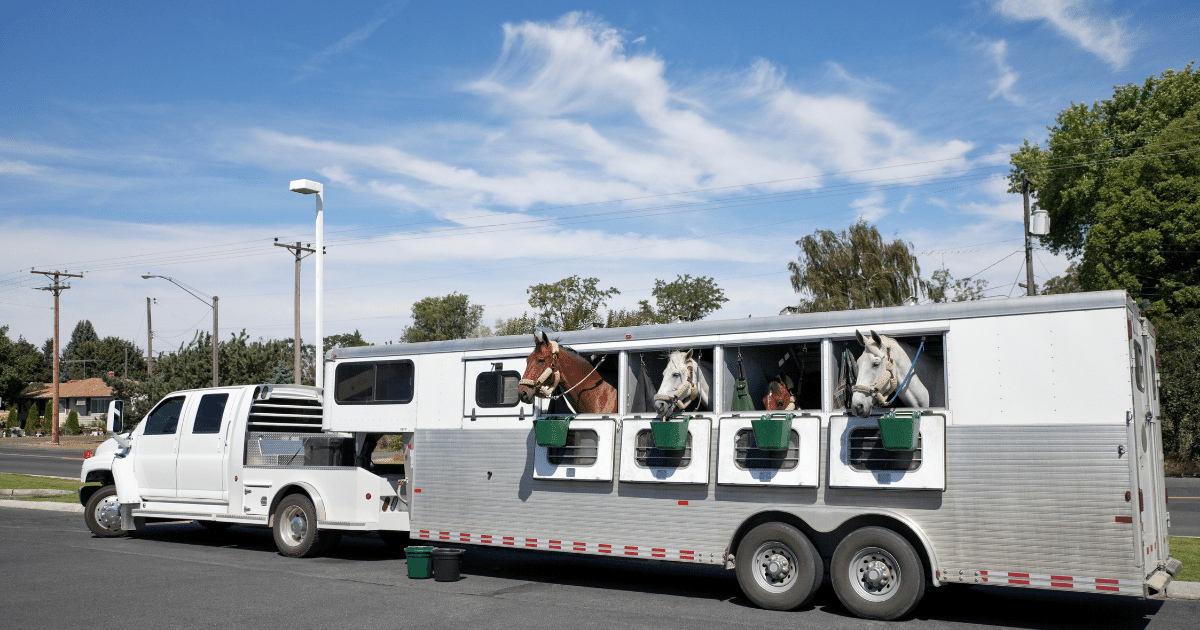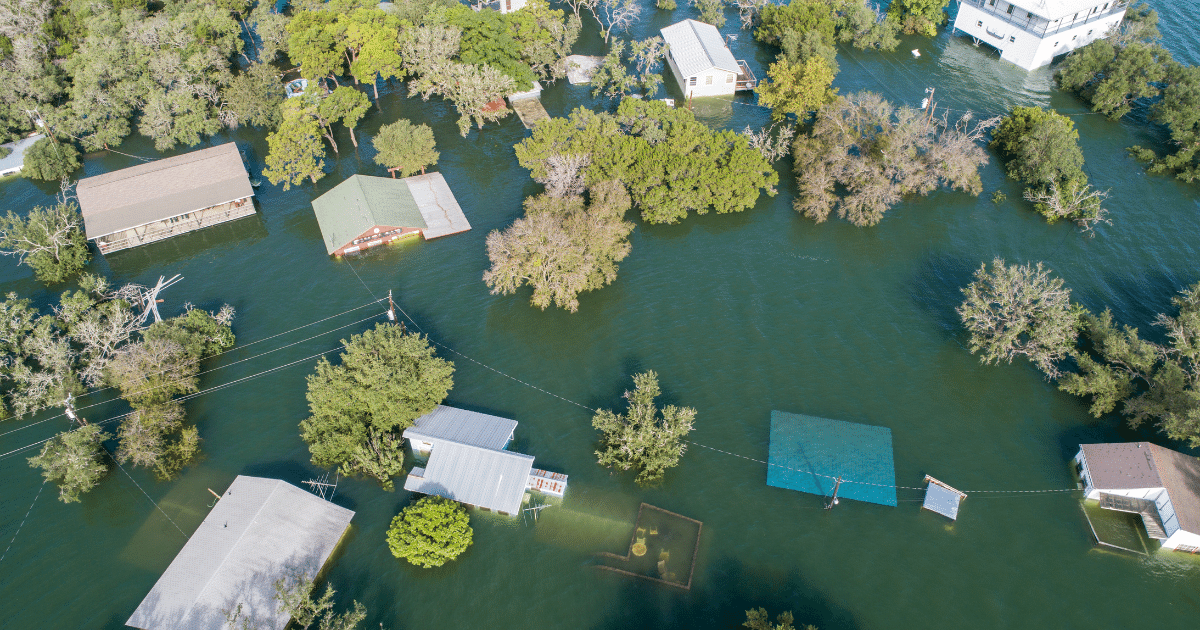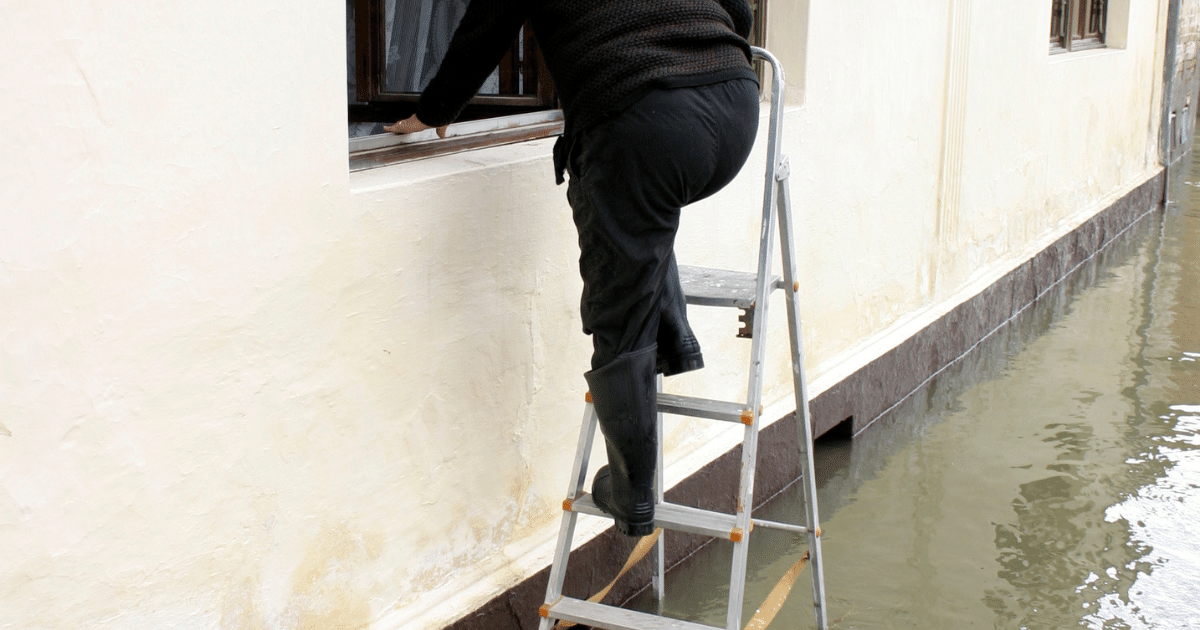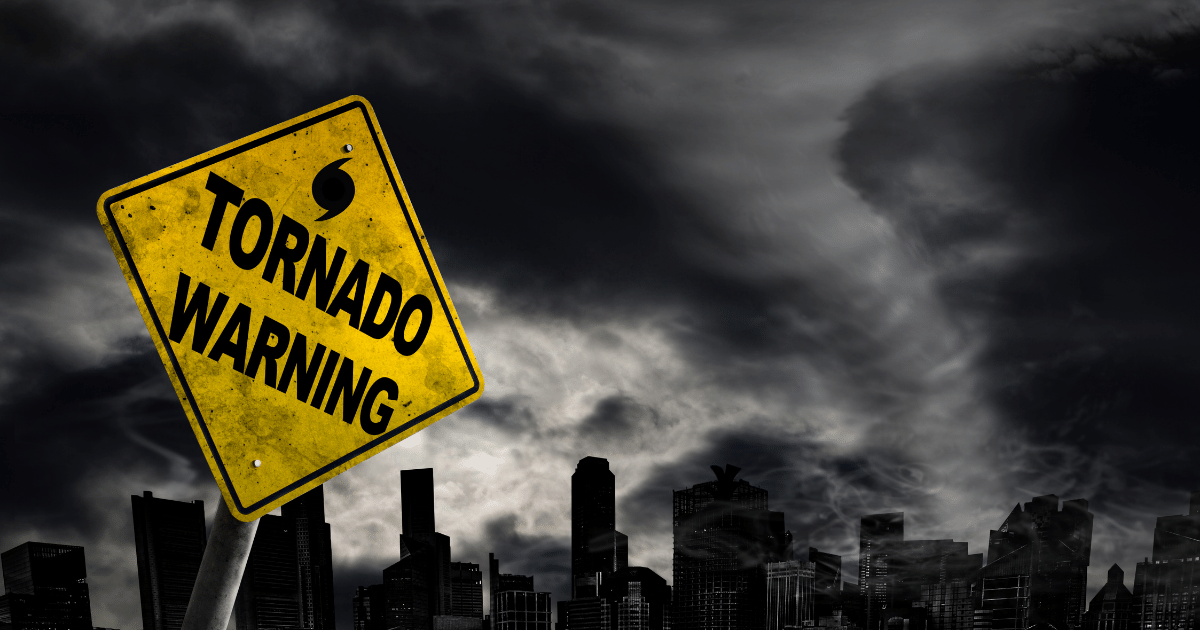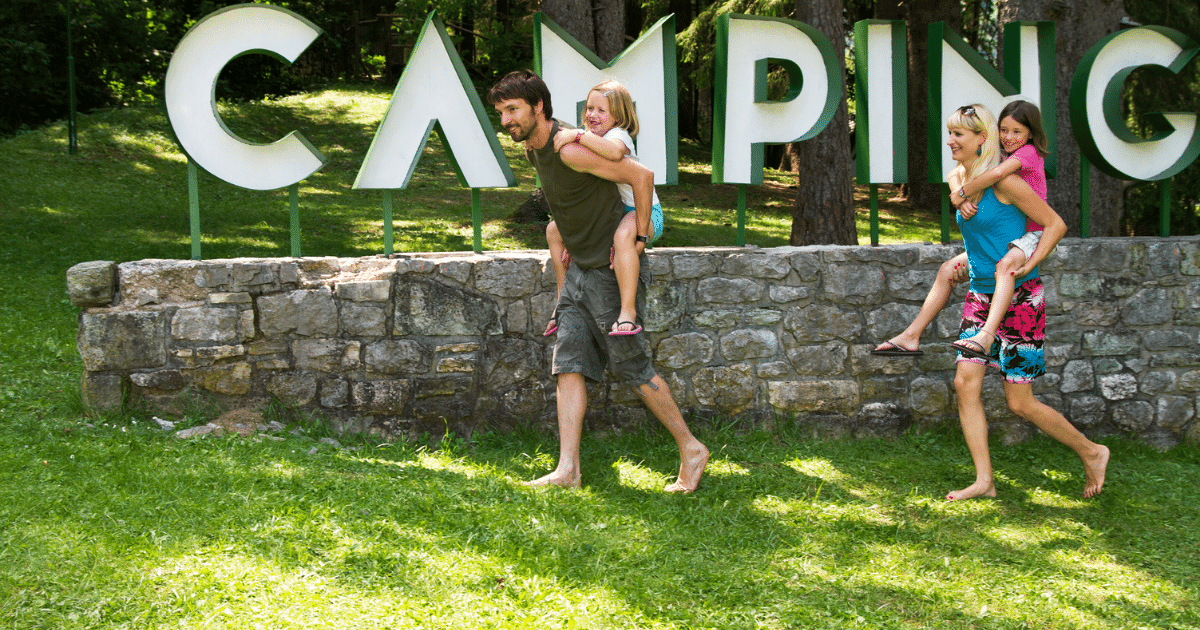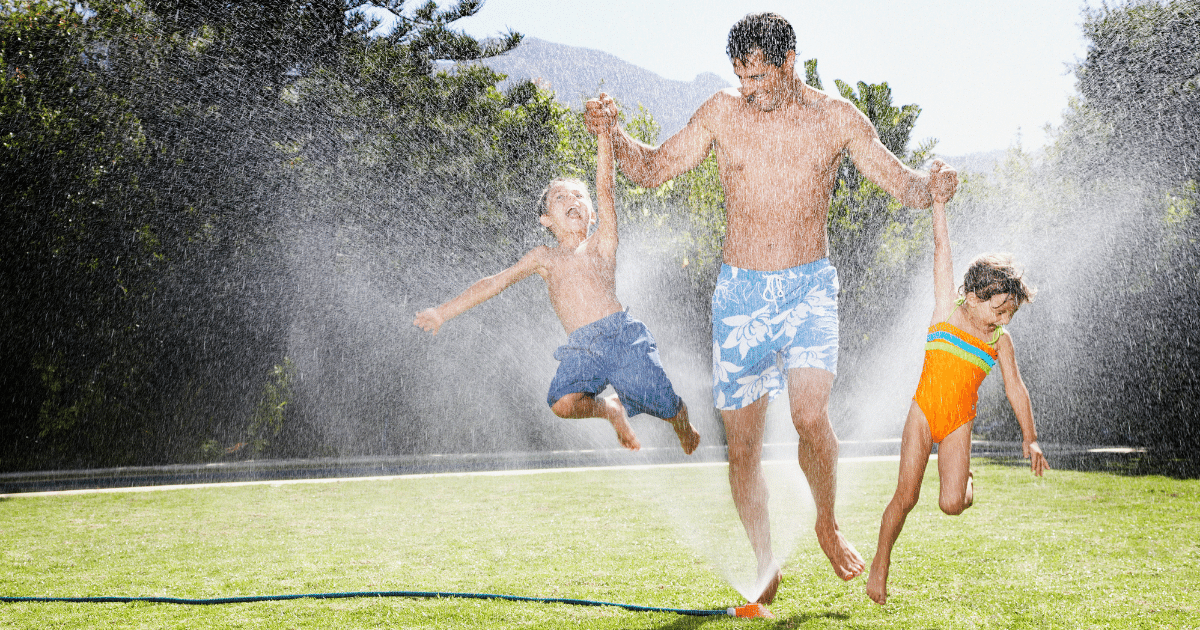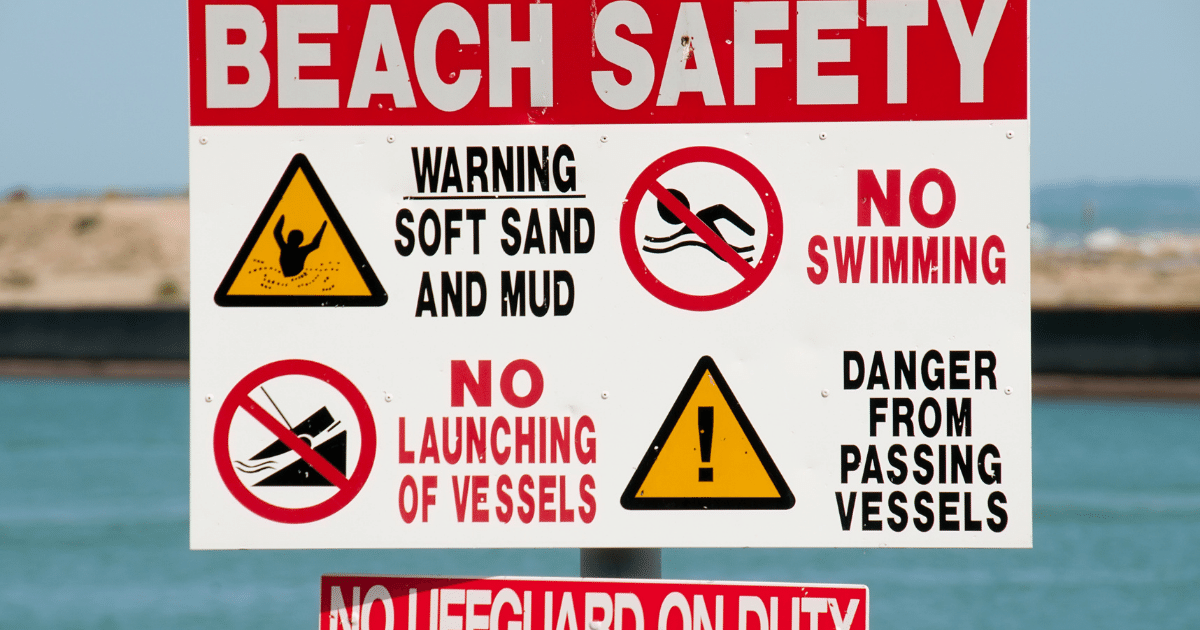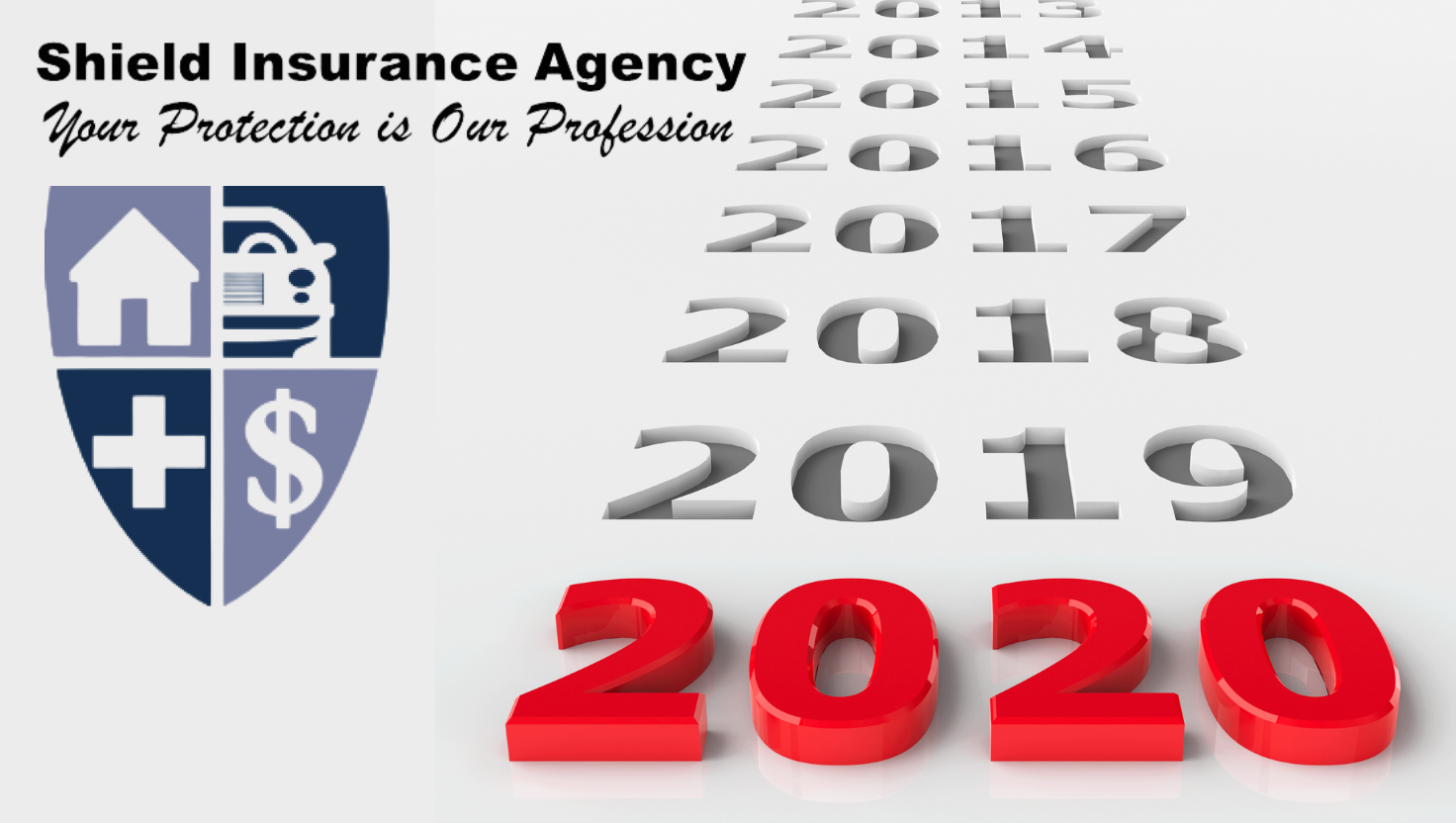
New Year: Foresight in 2020
They say, “Hindsight is 20/20.”
As we approach the new year, the National Insurance Crime Bureau (NICB) is encouraging you to exercise “Foresight in 2020.”
While it’s easy to look back on where and how we failed to protect our assets, it is exponentially more beneficial to look forward and try to predict where we can best insulate ourselves from insurance crime and theft. By studying where we are vulnerable, we can identify weaknesses and adapt improvements that protect us, our families, and our property. From small precautions, like making sure we don’t leave valuables in our vehicles, to more extensive protections, like installing home security systems, we can exercise foresight in 2020 and stop crime before it happens. Law enforcement agencies across the country now engage in the practice of intelligence-based policing.
This methodology uses past data to identify and predict the patterns and behavior of criminals. NICB and our members follow suit, by identifying known threats and patterns in order to properly educate our consumers. You too can be an advocate in this preemptive strike against crime. Educate yourself, take precautions, and be vigilant. By using foresight in 2020, we can win the battle against crime.
The best deterrent continues to be vigilance.
If there is a vacant home or business in your area, and you see suspicious or unusual activity around the property, call your local law enforcement. If any vehicles are involved, jot down their descriptions and license plates. Also, note the clothing and physical appearance of any person(s). All of this is very helpful to investigators.
NICB reminds consumers to make sure your vehicle is locked when unattended. Don’t leave spare keys or fobs inside. Take a moment and be sure to hide your valuables from view. Even an empty bag or extra change in view looks appealing to a thief from the outside.
Do things to protect your home, by locking your doors and investing in a home security system.
Anyone with information concerning insurance fraud or vehicle theft can report it anonymously by calling toll-free 800.TEL.NICB (800.835.6422) or submitting a form on our website.
About the National Insurance Crime Bureau:
Headquartered in Des Plaines, Ill., the NICB is the nation’s leading not-for-profit organization exclusively dedicated to preventing, detecting, and defeating insurance fraud and vehicle theft through data analytics, investigations, learning and development, government affairs, and public affairs. The NICB is supported by more than 1,300 property and casualty insurance companies and self-insured organizations. NICB member companies wrote over $496 billion in insurance premiums in 2018 or more than 81% of the nation’s property-casualty insurance. That includes more than 92% ($254 billion) of the nation’s personal auto insurance. To learn more visit www.nicb.org.




